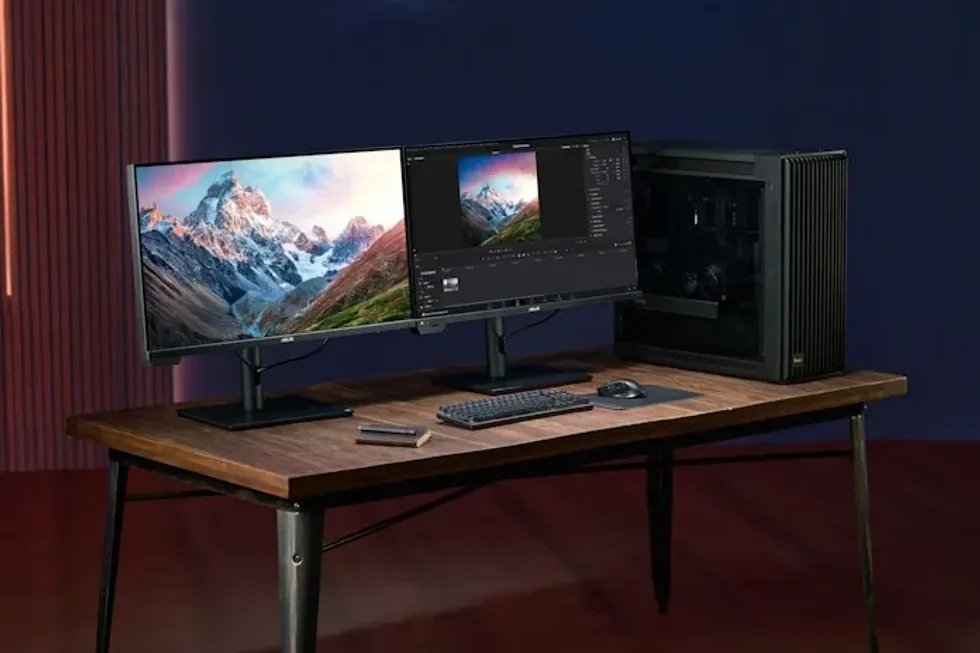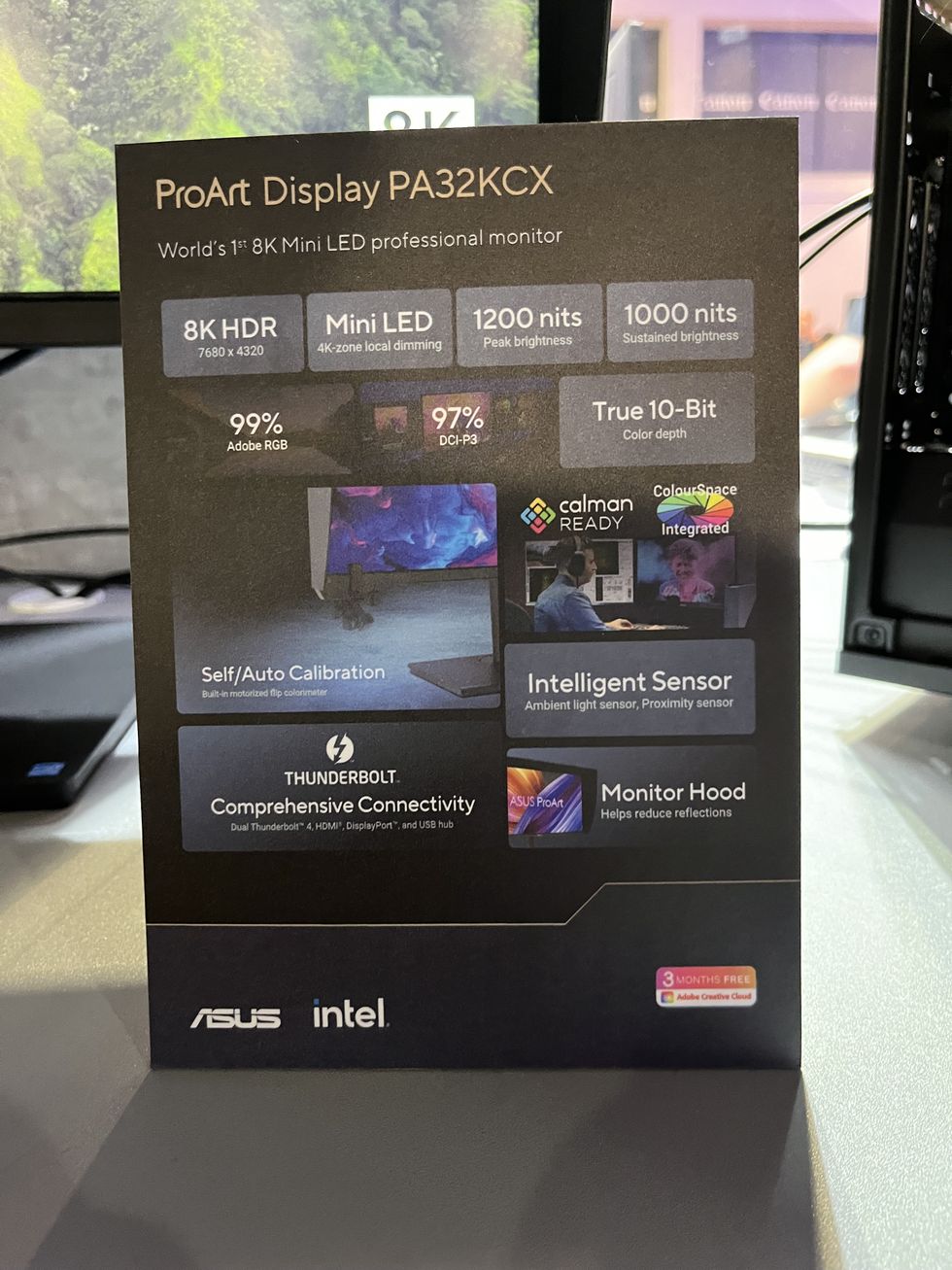Cinematographer Ed Lachman Strives to Create 'The Interior World of a Character'

In literature you can enter the interior world of a character in a paragraph. You can say what the person's thinking. It's much harder to show place; where you are. In cinema it's just the opposite. You can show location in one shot, but it's harder to show what people are thinking or feeling from the interior. If there is any theme that I try to approach in images it's how I can enter the interior world of the character to embrace in the story what the character is going through psychologically that will allow the images to portray that.
Lachman's lighting philosophy for naturalism:
I've worked with the same gaffer for 30 years, John DeBlau and we love to light in a way that light actually affects space rather than lighting the subject. Connie Hall talked about this from time to time. Sometimes we'd come in and light a wall that you don't even see, and that ambient light is what created the light on him. A lot of times when I'm shooting a naturalistic film I try to mimic many ways that light affects space.
Is it going to work?
As an image-maker you're always exploring ideas, but you're not quite sure if they're gonna work or not for the effect that you're trying. Images aren't just representational, but they are a psychological view of how you're telling a story. Not only for the characters but for the audience.
On their approach to Erin Brockovich:
In a sense what we did was re-create how you do a big budget Hollywood film with a 20 million dollar star by doing what you do on an independent film. We did everything we could to reduce the filmmaking process to allow the story to be what was most important.
Your generator gives out during a shoot? Take risks:
This only works when you have a director whose willing to take chances and not blame you if you do take the chance and it doesn't work out. I think many times cinematographers are trying to protect themselves and that's where they limit themselves for taking chances because they always get blamed. But I didn't have that problem with Steven because he takes his own chances, and he said "let's shoot it without lights."
On spacial relationships and composition:
I always looked at the frame as independent from itself. I always compose to the spacial relationships in the frame. I try to find a balance of what is in that image to tell the story. I like wider or medium lenses because I feel the environment says something about that character in space.
On the color schemes in Far From Heaven:
What Todd Haynes did that was so compelling, he took social issues, question about homosexuality, race, issues that we would certainly in 2003 feel 'so sophisticated' about that we wouldn't be prejudicial. But it affects us emotionally because we are. He allowed us into the game through melodrama. So visually I was able to do something I've always explored, I was back to German expressionism. I could create color in a totally abstract way.
When she goes to the club with the gardener, those are all in saturated primary colors. Green, orange, yellows, like nature. But when her husband goes to the gay bar it's in secondary colors. Magentas, cyans, lime green -- those are aberrations of primary colors. I tried to use color in a psychological way not in an aesthetic way to make the world 'pretty' but I tried to use it the way painters use color to evoke a certain emotional response. And I was lucky enough to work with Sandy Powell who created the wardrobe that reinforced that.
Shooting rich blacks for his first digital film with Robert Altman:
In film, to get rich black you have to get some exposure so that the film crystals are working to give you a black level. In the digital world I was also able to do that. I didn't let things fall off to nothing, but with my spot meter I was able to figure out a range to the digital format in the low-end translated into the negative as a rich black when transferred to film.
At the end of the interview, Ed says "Hopefully I won't have to talk too much anymore." It seems at times to be a hard thing for filmmakers to do, and what we can glean from Lachman's scabrous exterior as he tries to recall moments in his career is that he is someone who is completely inside his work. It's a tough thing to express these ideas in words, and perhaps that's why we make films in the first place: to express our interior state.
Lachman also describes being 'too close' to a film when you're working on it to really know if it will connect with an audience, and I think that really highlights the inherent experimental nature of cinema. Every film is an experiment in its own way, right?
What did you learn from this interview? Share in the comments below.
Link: Through the Lens: A Conversation with Ed Lachman — Craft Truck















